Solar Farms
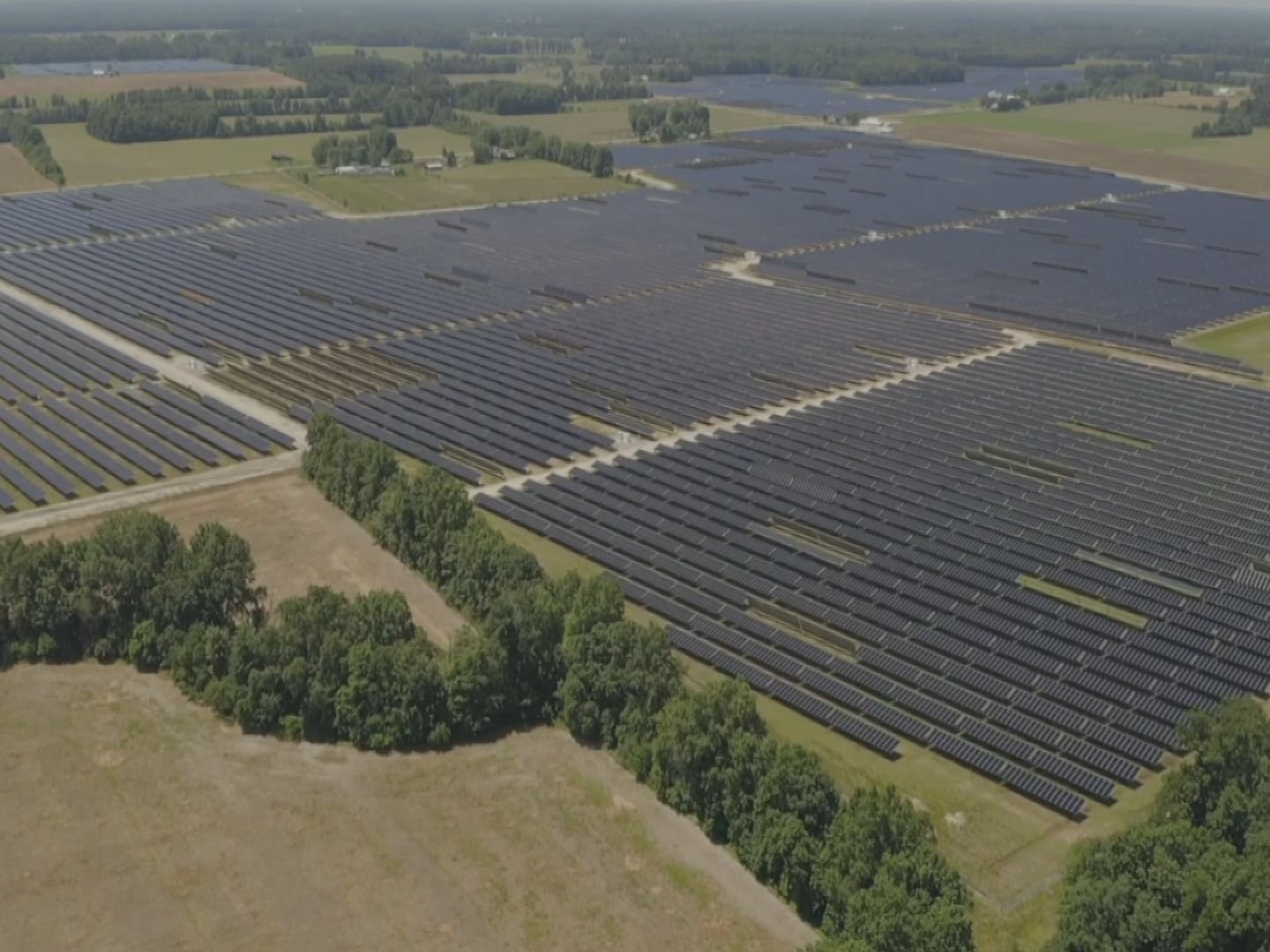
Description
Fortunately, humanity has been developing the solution to this problem for several decades, and that is renewable energy sources. One of these sources is the very recognizable and popular solar panel, which uses solar rays to generate electricity. This technology has been developed enough to reach the commercial market, which allows you to easily build a solar farm and start a business for energy production.
A solar farm is a collection of photovoltaic solar panels that absorb energy from the sun, convert it into electricity and send that electricity to the power grid for distribution. The efficiency of commercial solar panels in the past period has achieved a state where the time required, to pay off the initial spent starting funds (i.e. the break-even point), is short enough in order to justify an investment into a solar farm.
In order to utilize this technology in a way to make a profit, a few steps would be required. The first step is acquiring enough funds to purchase land upon which the solar farm would be built, as well as funds for the solar panels and all the required equipment for their functioning and maintenance. The next two steps are of course purchasing the land and constructing the solar farm. From here we would have a functioning solar farm connected to the power grid, by which the produced energy is taken by our customer who reimburses us for it. The funds which we earn upon the completion of the farm, will be used for maintaining the farm and for building the next investment budget. These funds will not be considered as a profit until the initial investment, for the current solar farm, is payed off. When the break-even point is reached, we can consider the solar farm as a stable business and move on to investing in another farm. In time, collecting and investing in this way, we will be left with an array of solar farms which will be monetary self-sustained and stable business making us passive profit.
These solar farms are a reliable and clean energy source, because they are independent of fossil fuels, which is a key factor in their long term reliability and durability contributed by their ability to produce energy from an inexhaustible source as well as their low maintenance requirement. They also have a positive effect on the environment, such as reducing greenhouse gas emissions, leading to improving the local air quality. Thanks to these attributes our business gains a significant advantage over existing energy producers in the long term, as well as the foreseeable future.
Another advantage of this business is its ability to centralize operations, i.e. for a business to operate it is not necessary for each farm to have its own staff to produce energy. But it is possible for the business to function so that the specialized teams formed will be responsible for a certain area in which a large number of farms are located. So the required staff will consist of panel maintenance / servicing teams, farm systems control team, accounting and business management. The safety of our farms on the other hand, can be managed by an external security business, thus eliminating the need for security logistics.
As an example, if we project this business model in my home country, we would get the following statistics:
By recent studies a hectare of land could accommodate enough room for about 1,830kW of solar panel surface, but accounting for in-between walking spaces trough the solar panel surfaces (that would be used for maintenance), this surface would change by a factor of 0.58. In general, 1kW of solar power can be fitted into 9.3 square meters, and seeing as there are 10,000 square meters in a hectare, we can calculate that the possible solar power capacity would amount to 1,075kW for one hectare of land. North Macedonia enjoys an average of 280 sunny days and 1,500 hours of sun every year, which is considered a location with a high irradiance value (the Sveti Nikole area has around 1,555kWh/m2), putting the country in a position to really benefit from well-planned and executed solar technology. So theoretically the solar energy generated by a hectare of land (in the Sveti Nikole area), in a year, would amount to 1,671,625kWh, or rather around 1,672mWh. By applying the before mentioned factor of 0.58 for walking space, we get around 970mWh of solar power. Accounting for a 24% loss in the power, due to various environment influences, we would get a realistic yearly output of 737mWh. The average price per mWh is around 55€, so form 1 hectare of solar farm we would produce about 40,535€ yearly.
Regarding the cost of a solar farm, a usual installation cost is between 1€ and 1.5€ per kW. If we take the average cost (1.25€) and amount of solar power installed on 1 hectare is 1,075kW, then the cost for 1 hectare of solar farm is around 1,343.75€. This initial investment for a first solar farm, can be sizably reduced when we account the various government and municipality incentives in the form of grants and loans.
With all this, we can conclude that solar farms can make a great investment and there is obviously an economy of scale, i.e. the installation costs per solar watt go down the more acres and solar panels used.
The ROI (Return on Investment) relies heavily on location, which is why most solar farms are in locations with high irradiance (peak-sun-hours) and a scarcity of cloudy weather.
If invested properly, researched correctly and built by sufficient standards, solar farms are a great passive income source with little to no interference.
Sustainable Development Goals

3. Good Health And Well-Being
By converting the global or local energy used, to be from a clean and reliable source, the overall health and well-being of the population will increase due to lowered pollution.
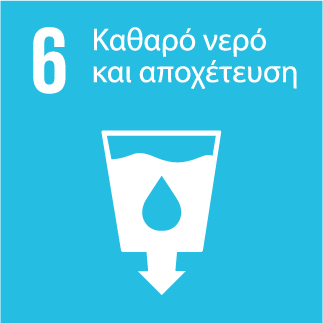
6. Clean Water And Sanitation
By using a zero-waste energy generation plant, we don't contribute to wastewater contamination of local rivers and lakes.
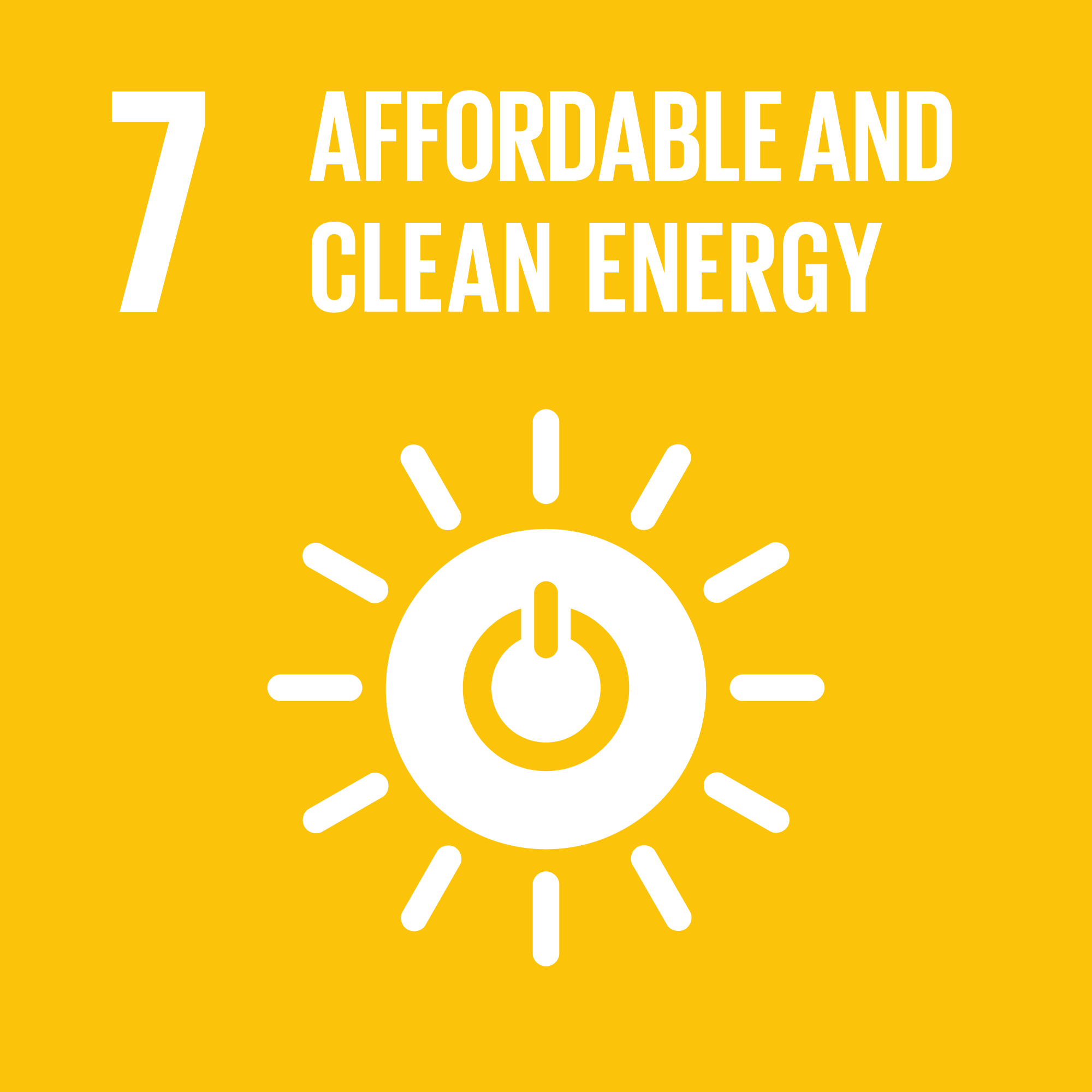
7. Affordable and clean energy
The whole business plan is based on a clean and renewable energy source, which due to recent technological breakthroughs is also very affordable.
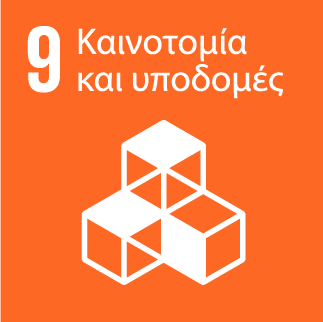
9. Industry , innovation and infrastructure
This kind of business is easily available for industrialization due to the low maintenance costs and low technical problems regarding its functioning. The technology is constantly evolving due to it's fairly new innovative nature. Also due to the low footprint the overall infrastructure does not impend on the local look of the land.
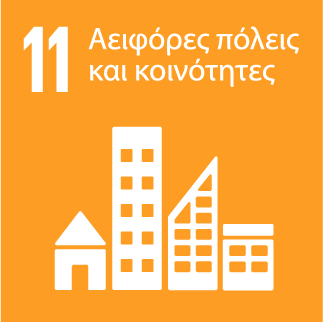
11. Sustainable cities and communities
Cities and communities could easily made fully energy sustainable with a few solar farms and battery arrays, for little to now cost in the long run.

12. Responsible Consumption and production
If the right systems are put in place (which are widely available), consumption and production of energy can be responsibly regulated.

13. Climate Action
Due to no pollution while production, and zero-waste facilities, these king of industry innovations are among the top suggestions from all climate activists.

14. Life Below Water
Due to the zero-waste nature of this industry, sea or rather water life is barely affected, unlike some other energy production sources that can cause mass extinction of sea life (oil spills).
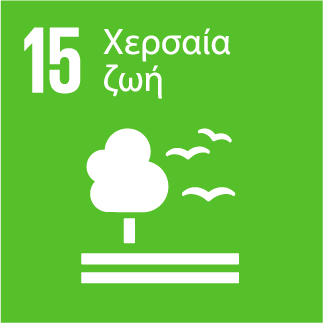
15. Life on Land
Contributing with low infrastructure, no air pollution and usage of no harmful substances, solar farms can fit right in within a community without and repercussions to life in the region.
Notice: Undefined variable: post_id in /var/www/vhosts/hei-prometheus.eu/httpdocs/entrepreneurship-acceleration-platform/wp-content/themes/understrap-child-1/loop-templates/content-businessidea.php on line 293